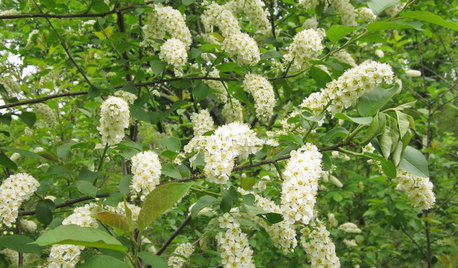After Clearing Out the Buckthorn...
chisue
12 years ago
Featured Answer
Sort by:Oldest
Comments (10)
anitamo
12 years agolast modified: 9 years agoRelated Professionals
Belmont Landscape Architects & Landscape Designers · Lowell Landscape Architects & Landscape Designers · Manorville Landscape Architects & Landscape Designers · Frisco Landscape Contractors · Biloxi Landscape Contractors · Huntley Landscape Contractors · Mequon Landscape Contractors · Newberg Landscape Contractors · Wethersfield Landscape Contractors · Lake Forest Fence Contractors · Selden Fence Contractors · Foster City Fence Contractors · Fountain Valley Fence Contractors · Guilford Siding & Exteriors · Independence Siding & Exteriorschisue
12 years agolast modified: 9 years agolinda_schreiber
12 years agolast modified: 9 years agochisue
12 years agolast modified: 9 years agolinda_schreiber
12 years agolast modified: 9 years agochisue
12 years agolast modified: 9 years agolinda_schreiber
12 years agolast modified: 9 years agochisue
12 years agolast modified: 9 years agolinda_schreiber
12 years agolast modified: 9 years ago
Related Stories

TREESNative Plant Alternatives to Invasive Common Buckthorn
Learn how to identify and control this aggressive plant, and what to grow in its place
Full Story
WHITE KITCHENSBefore and After: Modern Update Blasts a '70s Kitchen Out of the Past
A massive island and a neutral color palette turn a retro kitchen into a modern space full of function and storage
Full Story
DECLUTTERINGYour Clutter-Clearing Plan for the New Year
Tackle these tasks month by month for a decluttering strategy that will really pay off
Full Story
DECLUTTERINGDecorate with Intention: Clutter Clearing 101
Fearlessly face disorganized areas to find the home of your dreams
Full Story
HEALTHY HOMEA Guide to Indoor Air Purifiers
Get the lowdown on air filtration systems for your house and the important ratings to look out for
Full Story
FURNITUREA Clear Choice: Lucite Coffee Tables
See-through tables add form and function without interfering
Full Story
GREEN BUILDINGLet’s Clear Up Some Confusion About Solar Panels
Different panel types do different things. If you want solar energy for your home, get the basics here first
Full Story
DECORATING GUIDESHere's How to Steer Clear of 10 Top Design Don'ts
Get interiors that look professionally styled even if you're taking the DIY route, by avoiding these common mistakes
Full Story
STAIRWAYSClear Staircases — They're a Real Glass Act
If you're flush with funds, you can have a ball with crystal on your stairs. The rest of us can just marvel from afar
Full Story
KITCHEN DESIGNKitchen Confidential: Glass Cabinet Doors Are a Clear Winner
We look at 9 types of decorative panes and 8 places to use them
Full Story






bob64